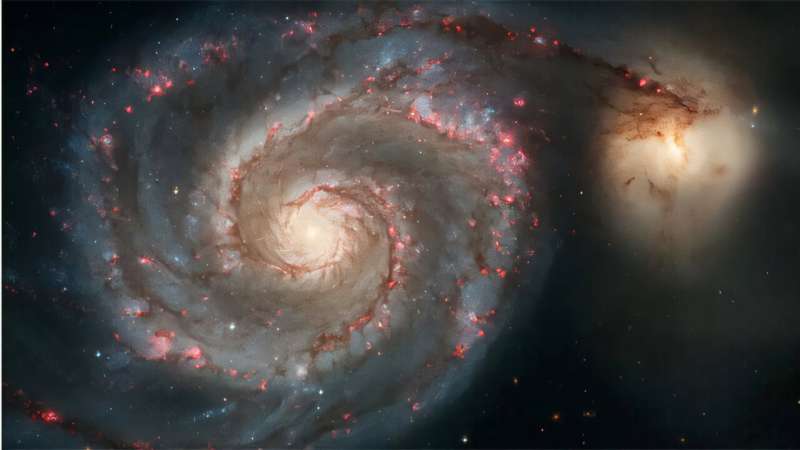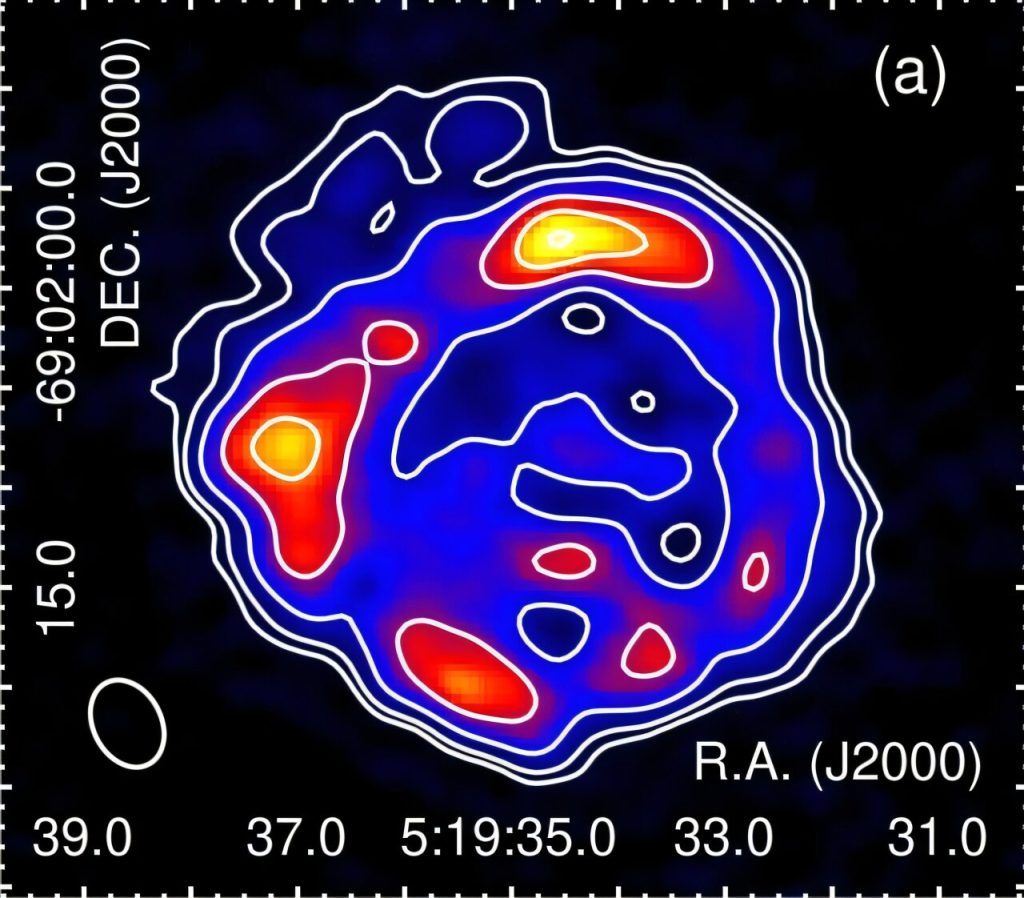
A recent study published in Monthly Notices of the Royal Astronomical Society by researchers, including István Szapudi from the University of Hawaiʻi at Mānoa Institute for Astronomy, suggests that the universe might be rotating, albeit at an incredibly slow pace. This discovery could potentially resolve a major conundrum in astronomy.
“To paraphrase the Greek philosopher Heraclitus of Ephesus, who famously said ‘panta rhei’ (everything moves), we thought that perhaps panta kykloutai—everything turns,” mentioned Szapudi.
Current scientific models suggest that the universe is expanding uniformly in all directions without showing any signs of rotation. While this concept aligns with most astronomical observations, it fails to explain the Hubble tension—a persistent discrepancy between two methods of measuring the universe’s expansion rate.
Supernovae, Big Bang
One measurement technique involves observing distant exploding stars or supernovae to determine the distances to galaxies, providing an expansion rate for the universe over the past few billion years. The other method relies on analyzing relic radiation from the Big Bang to estimate the expansion rate of the early universe, around 13 billion years ago. These methods yield conflicting values for the expansion rate.
Szapudi and his team developed a mathematical model of the universe that initially adhered to standard principles but incorporated a minute amount of rotation. Surprisingly, this slight adjustment had a significant impact.
“Much to our surprise, we discovered that our rotational model resolves the paradox without contradicting current astronomical observations. Furthermore, it aligns with other models that assume a rotating universe. Hence, it is plausible that everything indeed rotates. Or, as mentioned, panta kykloutai,” Szapudi explained.
According to their model, the universe could be rotating once every 500 billion years—too gradual to be readily detectable but adequate to influence the spatial expansion over time.
The next phase involves transforming the theory into a comprehensive computer model and identifying potential indicators of this slow cosmic rotation.
For more details:
Balázs Endre Szigeti et al, Can rotation solve the Hubble Puzzle?, Monthly Notices of the Royal Astronomical Society (2025). DOI: 10.1093/mnras/staf446
Citation:
A slowly spinning universe could solve the Hubble tension (2025, April 14)
retrieved 14 April 2025
from
This document is subject to copyright. Apart from any fair dealing for the purpose of private study or research, no
part may be reproduced without the written permission. The content is provided for information purposes only.


